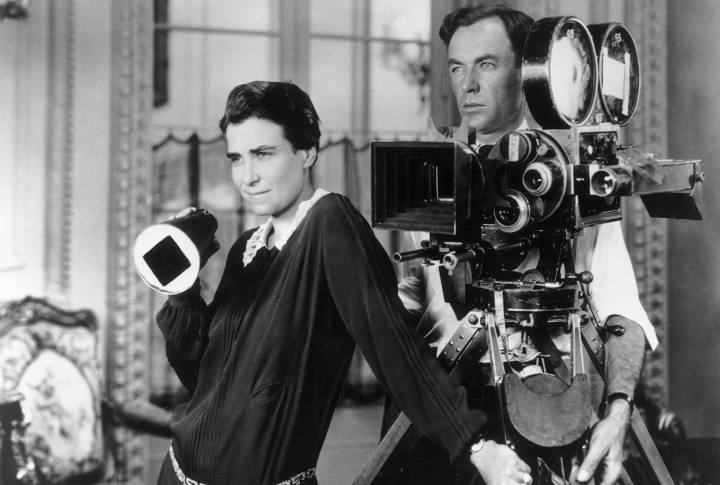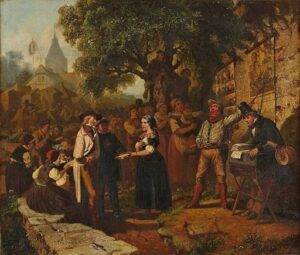The period following World War I witnessed a profound transformation in the entertainment industry, as it experienced unprecedented growth and innovation. This article explores the key factors that contributed to this surge, shedding light on the convergence of social, economic, and technological changes that propelled the industry to new heights.
Economic Prosperity in the Post-War Era
After World War I, many countries experienced a surge in economic prosperity. The end of the war brought about a wave of economic growth due to factors like increased industrialization, improved infrastructure, and booming consumer markets.
- Industrialization drove economic growth.
- Infrastructure improvements made entertainment more accessible.
Urbanization and the Rise of Cities
Urbanization was another crucial factor in the entertainment industry’s growth. People flocked to cities in search of better opportunities, creating a dense and diverse population that craved entertainment.
- Cities became cultural hubs.
- Diverse populations led to varied entertainment preferences.
Technological Advancements
The interwar period saw a remarkable leap in technological advancements that profoundly impacted entertainment.
- The advent of the radio brought entertainment into people’s homes.
- The development of sound in film revolutionized the movie industry.
Social and Cultural Changes
The aftermath of World War I also brought about significant social and cultural changes.
- Cultural shifts created a desire for escapism.
- The Roaring Twenties led to a more permissive and dynamic entertainment scene.
Mass Media and Celebrity Culture
The rise of mass media played a pivotal role in shaping the entertainment industry.
- Mass media popularized celebrities and entertainment news.
- The emergence of tabloids and gossip columns fueled public interest.
The Birth of Hollywood
The interwar period witnessed the rise of Hollywood as the epicenter of the global entertainment industry.
- Hollywood became synonymous with the film industry.
- Stars like Charlie Chaplin and Mary Pickford became global icons.
The Impact of Prohibition
Prohibition in the United States, from 1920 to 1933, unintentionally contributed to the entertainment industry’s growth.
- Speakeasies and illegal bars led to the rise of jazz and nightlife.
- Bootlegging and underground parties increased the demand for entertainment.
Cultural Exchange and Globalization
World War I and its aftermath spurred cultural exchange and globalization, further boosting the entertainment industry.
- The war brought diverse cultures into contact.
- International events like the Paris Exposition of 1925 fostered global cultural exchange.
The Role of Women in Entertainment
The changing role of women in society during this period had a significant impact on the entertainment industry.
- Women’s suffrage and empowerment led to new female voices in entertainment.
- Actresses like Clara Bow and Louise Brooks became influential figures.
The Development of New Art Forms
The post-World War I era witnessed the development of new art forms that pushed the boundaries of entertainment.
- Surrealism and avant-garde movements influenced theater and cinema.
- Modernist literature and visual arts contributed to a more innovative entertainment landscape.
The entertainment industry’s significant growth after World War I was the result of a confluence of economic prosperity, urbanization, technological advancements, social and cultural changes, mass media, the birth of Hollywood, Prohibition, cultural exchange, women’s empowerment, and the development of new art forms. These factors transformed entertainment into a dynamic and influential force that continues to shape our culture and society today.




